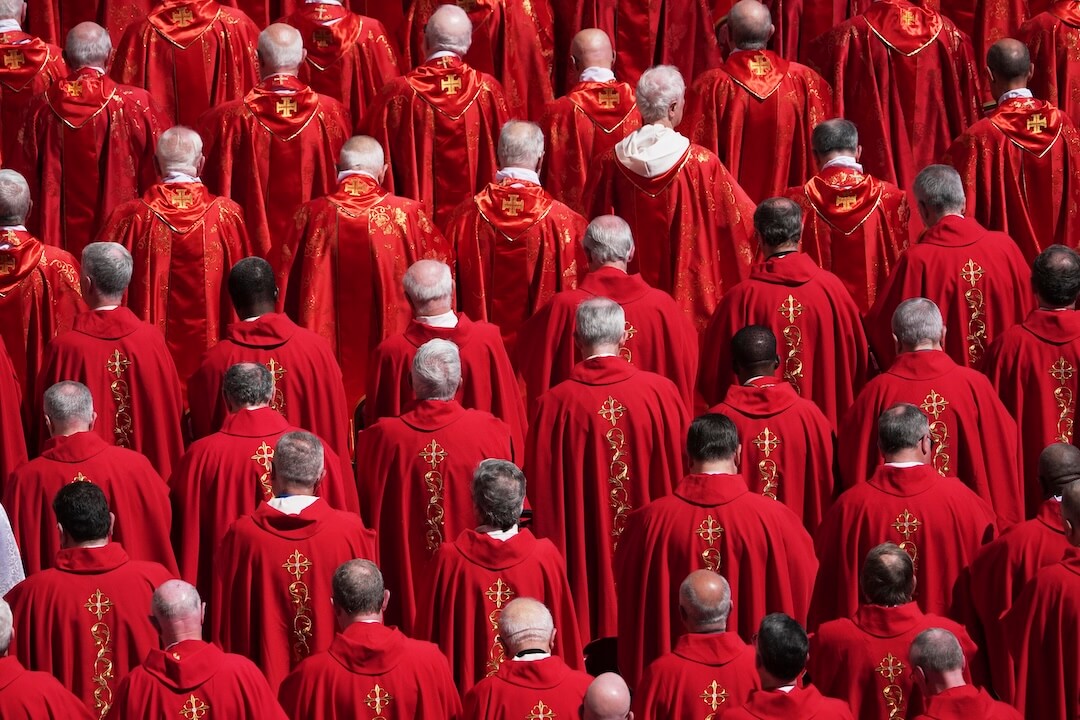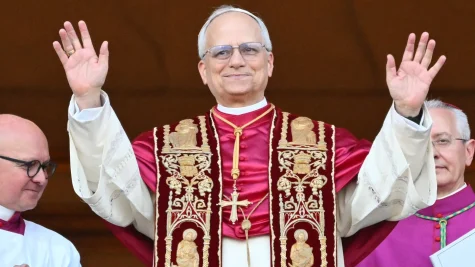
Kat Piantka | Newsroom Manager & Head Editor
May 16, 2026
The highly regarded film “Conclave” won an astounding 87 awards this past season and received 318 nominations. But, with the recent death of Pope Francis on April 21, 2025, viewership of the movie “Conclave” increased by 283% with nearly 7 million minutes of watching. Many are eager to understand the historic Conclave process which will be consuming the minds of Roman Catholics across the globe as the future of The Church is dependent on this selection.
May 7, 2025 marked the beginning of the Conclave process which has been the standard for electing a new Pope for approximately 800 years. Here is a breakdown of how a Conclave works:
Over the duration of 3 days in the Sistene Chapel, 133 cardinal electors will vote to determine the 267th Pope. In order for a Pope to be elected they must receive a 2/3rd majority, about 89 out of the 133 cardinals. Voting occurs 4 times a day and if a candidate has not received the majority by the 3rd day, Vatican News reported, “voting is paused for one day of prayer, informal discussions, and a brief spiritual exhortation by the senior cardinal deacon.” The process will resume with breaks after every 7 rounds of unsuccessful voting. If there are 21 unsuccessful rounds, the votes will be narrowed down to 2 candidates, however a 2/3rd majority is still required. It is worth noting that the last time the process went over four days was 1831.
With each plume of black smoke released from the stovepipe chimney on top of the Sistene Chapel, spectators will eagerly await the conclusive white smoke which signifies the selection of a new pope and the start of the next chapter for the Catholic Church.
Many devout believers are concerned over the new direction of the Catholic Church: Will the new pope carry on Pope Francis’s progressive approach or revert to traditional teachings of the Bible?
Pope Francis was highly regarded as a revolutionary, being both the first Jesuit pope and the first pope from South America. He was celebrated for his inclusive approach towards the LGBTQ community, environmental advocacy, and championship of marginalized individuals, such as migrants and the poor. His preachings were representative of the evolving modern age and were exactly what the Catholic Church needed for them to no longer be chastised for their outdated practices. However, some believe the Church needs to revert back to its conservative roots. Regardless of one’s opinions on the new direction the Church may assume, the roughly 1.4 billion Catholics unanimously agree that this religion must unite in order for this religion’s popularity to reemerge as Catholicism is no longer the world’s leading religion.
But, in a shockingly and exciting fashion the Conclave ended, as a plume of white smoke emerged from the Sistene Chapel on Thursday evening May 8, 2025 after one full day of voting. This signified the beginning of a chapter with the historic election as the 267th Pope would be the first from the United States.

Cardinal Robert Prevost, a 69-year-old Chicago native will now be regarded as Pope Leo XIV. This announcement has been received with utmost excitement, leaving many Americans thrilled and curious to see how the Church will transform under his guidance. Junior Megan Doughtery has grown up in a Catholic family following her father’s roots. She exclaimed that her “dad’s side of the family [was also] born and raised in Chicago and [was] very excited to see that he [was] also born and raised in Chicago too.”
Junior Myla Pert also made an interesting point, historically the U.S. was predominately Protestant and expressed lots of “anti-Catholic sentiment.” But with the announcement of Pope Leo XIV, the first American Pope, reflects how “America is changing and becoming more open to different religious pathways” and fostering a sense of acceptance in this nation. Who knows, the future may result in an increase in Catholic Church membership in the U.S..

Leave a Reply